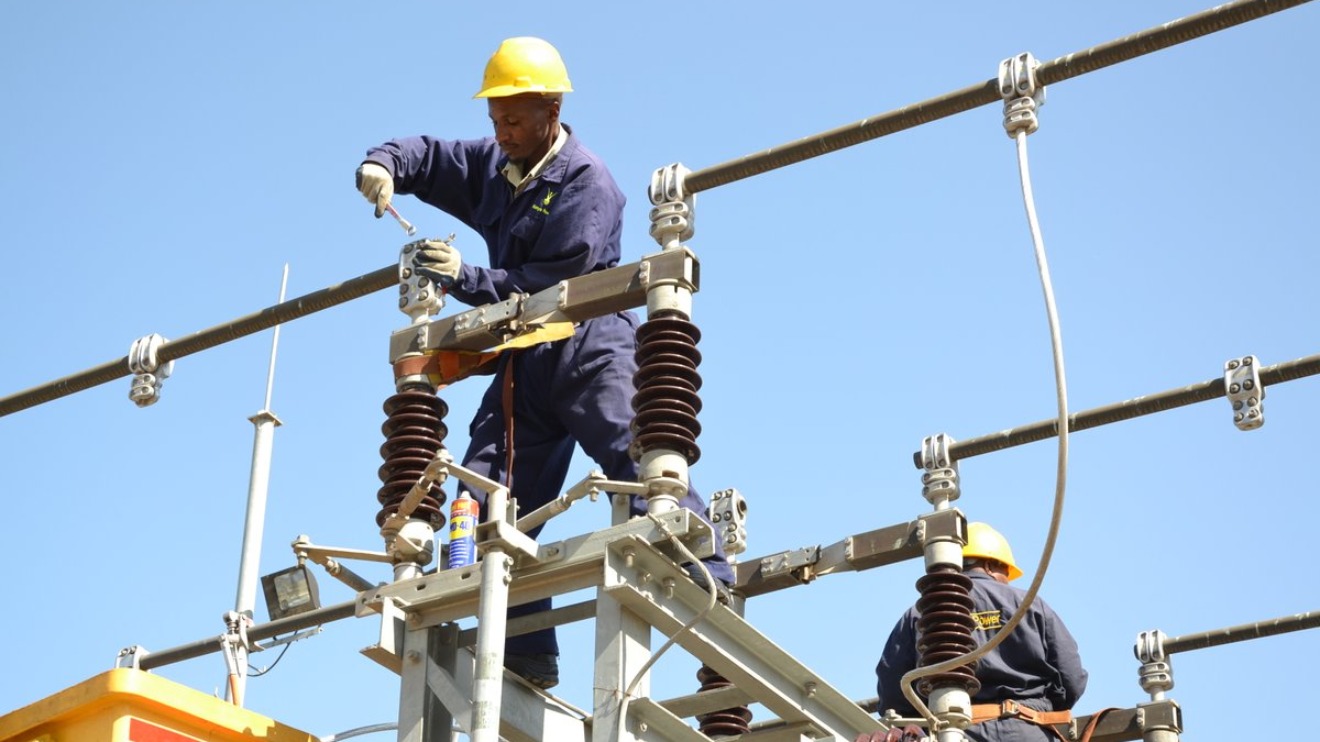Kenya Power, the country's main electricity distributor, is facing challenges in controlling electricity losses, exceeding the allowable limit set by the Energy and Petroleum Regulatory Authority (EPRA).
System losses, which refer to the difference between electricity generated and the amount reaching consumers, are attributed to both technical leakages from ageing infrastructure and illegal connections.
An analysis by EPRA revealed that system losses reached 23.2 per cent in December 2022, surpassing the authority's 18.5 per cent benchmark.
This translates to a loss of 1,578.9 Gigawatt-hours (GWh) of electricity purchased between July and December of that year.
This issue is not new. Even with EPRA raising the allowable losses from 14.9 per cent to 19.9 per cent in 2020, Kenya Power has consistently exceeded the limit.
Read More
The high losses highlight Kenya Power's struggle to deliver reliable electricity, prompting both households and businesses to seek alternative power sources like solar and biomass.
EPRA stated, "In the review period, total system losses surpassed the 18.5 per cent benchmark set by the Authority."
These losses have been steadily increasing, rising from 22.43 per cent in December 2021 to 23.49 per cent in December 2022, and further reaching 25 per cent by the end of 2022.
This trend is particularly concerning for Kenya Power, as they are unable to recover these losses from consumers.
Despite exceeding the allowable limit, Kenya Power has emphasized reducing system losses as part of its growth strategy.
The company aimed to bring system losses down to 20.93 per cent by June 2023 but fell short of their target.
Furthermore, Kenya Power is facing an increasing number of consumers switching to alternative energy sources due to unreliable and expensive electricity.
Large consumers, particularly businesses like Bamburi Cement, East African Breweries Plc, and Strathmore University, have invested in their own power generation plants.
This situation arises despite Epra's efforts to support Kenya Power by increasing retail electricity tariffs by 15 per cent to 20 per cent in April 2023.
This increase was intended to generate additional revenue for Kenya Power to upgrade its ageing transmission lines.
The regulator guaranteed at least 10 per cent of the additional revenue for Kenya Power, aiming to fund the crucial infrastructure improvements.
Kenya Power maintains that these additional funds are vital for modernizing their transmission network.
However, the company still faces the challenge of curbing electricity losses, a crucial step towards ensuring reliable and affordable electricity for all Kenyans.


-1756474472.jpg)



-1753733469.jpeg)


